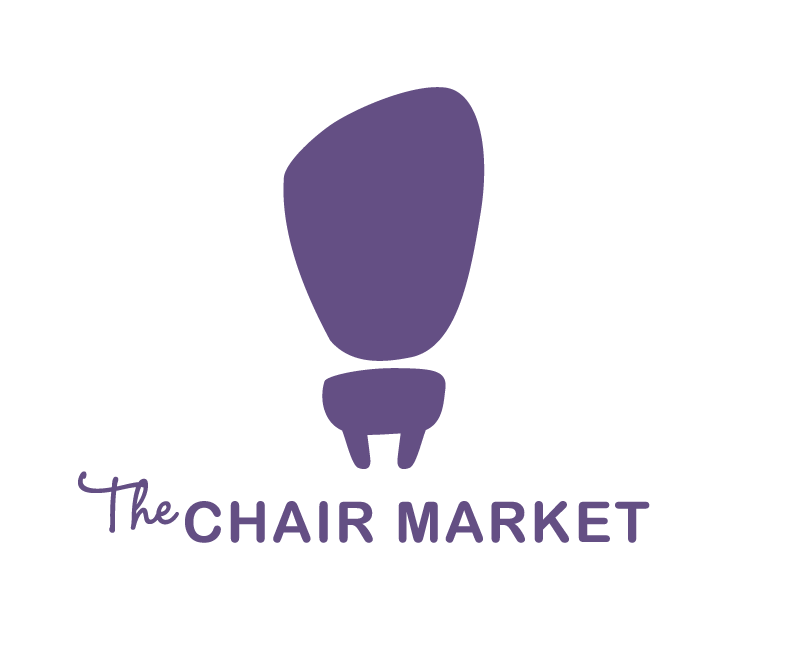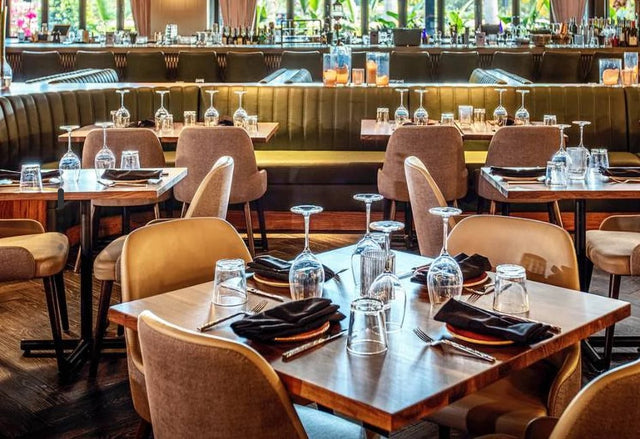The Importance of Restaurant Table Layout
When it comes to running a successful restaurant, there are many factors to consider. From the menu to the service, every aspect plays a role in creating a positive dining experience for customers. One often overlooked aspect is the restaurant table layout. The way tables are arranged in a restaurant can have a significant impact on the overall dining experience. In this article, we will explore the importance of restaurant table layout and how it can affect your business.
Why is Restaurant Table Layout Important?
The layout of your restaurant tables can have a direct impact on the flow of your restaurant and the overall customer experience. Here are some reasons why it is important to pay attention to your restaurant table layout:
Maximizes Space and Capacity
One of the main reasons to carefully plan your restaurant table layout is to maximize the use of space and increase your restaurant's capacity. By strategically placing tables, you can fit more customers in your restaurant without making it feel overcrowded. This can lead to increased revenue and a more efficient use of space.
Creates a Comfortable and Inviting Atmosphere
The layout of your restaurant tables can also contribute to the overall atmosphere of your restaurant. A well-designed layout can create a comfortable and inviting atmosphere for customers, making them more likely to return. On the other hand, a poorly designed layout can make customers feel cramped and uncomfortable, leading to a negative dining experience.
Improves Efficiency and Service
A well-planned restaurant table layout can also improve the efficiency of your restaurant and the service provided to customers. By placing tables in strategic locations, servers can easily navigate the restaurant and provide prompt service to customers. This can lead to faster turnover times and increased customer satisfaction.
Factors to Consider When Designing Your Restaurant Table Layout
When designing your restaurant table layout, there are several factors to consider. These include:
Type of Restaurant
The type of restaurant you have will play a significant role in determining the best table layout. For example, a fine dining restaurant may have larger tables with more space between them to create a more intimate atmosphere. On the other hand, a fast-casual restaurant may have smaller tables placed closer together to accommodate more customers.
Target Audience
Your target audience can also influence your restaurant table layout. For example, if your restaurant caters to families with children, you may want to have larger tables or booths to accommodate them. If your target audience is young professionals, you may want to have smaller tables for a more intimate dining experience.
Space and Capacity
The size of your restaurant and the number of customers you want to accommodate will also play a role in your table layout. It is essential to find a balance between maximizing space and creating a comfortable atmosphere for customers.
Accessibility
It is crucial to consider accessibility when designing your restaurant table layout. Tables should be placed in a way that allows for easy navigation for customers with disabilities. This may include having wider aisles and designated accessible seating areas.
Types of Restaurant Table Layouts
There are several types of restaurant table layouts to consider when designing your restaurant. These include:
Traditional Layout
The traditional layout is the most common type of restaurant table layout. It consists of rows of tables placed parallel to each other, with a central aisle for servers to navigate. This layout is ideal for restaurants with a large number of customers and a high turnover rate.
Booth Layout
The booth layout is popular in casual dining restaurants. It consists of booths placed along the walls of the restaurant, with tables in the center. This layout provides a more intimate dining experience and can be ideal for families or couples.
High Top Layout
High top tables have become increasingly popular in recent years, especially in bars and casual dining restaurants. These tables are taller than traditional tables and are often used for customers who want to sit and have a drink or a quick meal. This layout can be ideal for restaurants with a younger target audience.
Outdoor Layout
If your restaurant has an outdoor seating area, you will need to consider the layout of these tables as well. Outdoor layouts can vary, but they often include a mix of traditional tables and high top tables to accommodate different types of customers.
Tips for Designing an Effective Restaurant Table Layout
Here are some tips to keep in mind when designing your restaurant table layout:
Leave Enough Space Between Tables
It is essential to leave enough space between tables to create a comfortable dining experience for customers. This can also help with accessibility and allow servers to navigate the restaurant more efficiently.
Consider the Flow of Traffic
When designing your restaurant table layout, consider the flow of traffic in your restaurant. This includes the flow of customers, servers, and food runners. Placing tables in strategic locations can help improve the flow of traffic and make the dining experience more efficient for everyone.
Use Different Types of Tables
Using a mix of different types of tables can add visual interest to your restaurant and accommodate different types of customers. For example, you may want to have a mix of traditional tables, high top tables, and booths to cater to different preferences.
Keep the Kitchen in Mind
It is essential to consider the location of your kitchen when designing your restaurant table layout. Placing tables too close to the kitchen can be noisy and disruptive for customers. It is best to keep a buffer between the kitchen and dining area.
Conclusion
In conclusion, the restaurant table layout is an essential aspect of running a successful restaurant. It can impact the flow of your restaurant, the atmosphere, and the overall dining experience for customers. By considering factors such as the type of restaurant, target audience, and space and capacity, you can design an effective restaurant table layout that will benefit your business. Remember to leave enough space between tables, consider the flow of traffic, and use a mix of different types of tables to create a comfortable and inviting atmosphere for customers.

